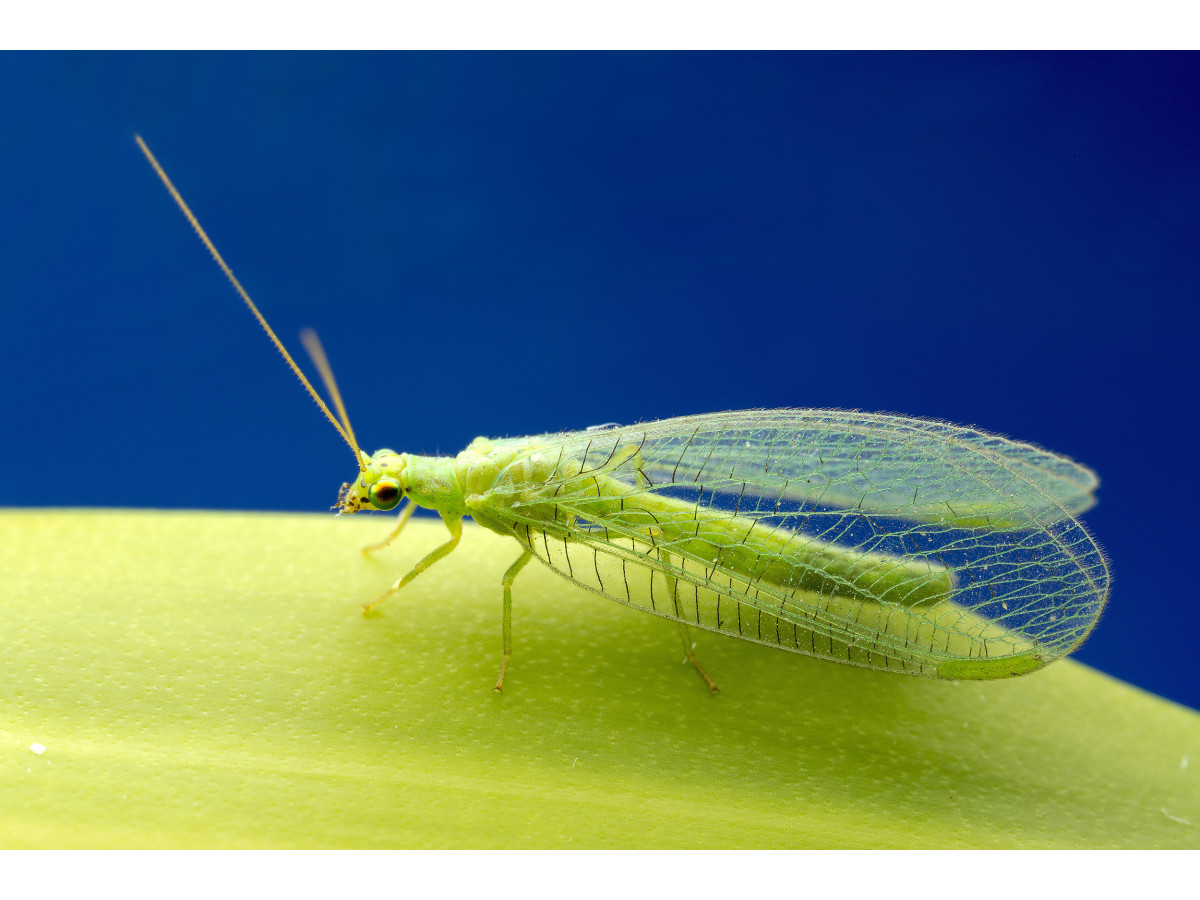W nowoczesnym świecie, gdzie kwestie ekologiczne nabierają szczególnego znaczenia, trwa ciągłe poszukiwanie alternatywnych metod zwalczania szkodników upraw rolnych. Jednym z tych sposobów jest wykorzystanie entomofagów.
Co to są entomofagi?
Entomofagi to organizmy, które w trakcie swojego życia żywią się innymi owadami. Mogą być drapieżne lub pasożytnicze. Drapieżne entomofagi polują na swoje ofiary, niszcząc je, podczas gdy pasożyty zwykle wykorzystują inny gatunek do rozwoju swoich larw.
Dlaczego produkcja entomofagów jest aktualna?
- Ekologia: Stosowanie chemicznych pestycydów może szkodzić środowisku i zdrowiu ludzi. Entomofagi umożliwiają kontrolę populacji szkodników bez stosowania szkodliwych chemikaliów.
- Efektywność: W niektórych przypadkach entomofagi mogą być znacznie skuteczniejsze w zwalczaniu pewnych gatunków szkodników niż tradycyjne metody.
- Korzyść ekonomiczna: W perspektywie długoterminowej wykorzystanie entomofagów może okazać się mniej kosztowne niż ciągłe stosowanie pestycydów.
Proces produkcji
Hodowanie entomofagów to skomplikowany proces wymagający stworzenia specyficznych warunków. W zależności od gatunku entomofaga, trzeba uwzględnić temperaturę, wilgotność, światło i inne parametry.
Główne etapy obejmują:
- Wybór i zbieranie szkodników do hodowli entomofagów.
- Tworzenie optymalnych warunków dla rozwoju.
- Monitorowanie i dbanie o zdrowie populacji.
- Zbieranie i pakowanie do użytku komercyjnego lub wypuszczania.
Podsumowanie
Entomofagi oferują odpowiedzialny i ekologicznie czysty sposób zwalczania szkodników. Chociaż produkcja i wprowadzenie ich do rolnictwa wymaga inwestycji i wysiłku, korzyści z tego podejścia mogą być znaczące dla środowiska, zdrowia i gospodarki.

Napisz komentarz